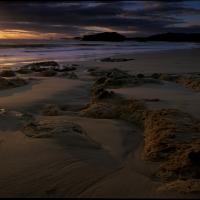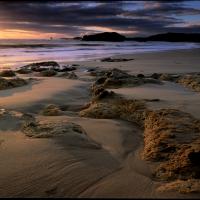TRSmith
Subscriber Member
Arrgh, my head is burning! I want all this stuff. But a step at a time.
A question regarding B&W film, does anyone develop film, make traditional silver prints and THEN scan the prints? I keep reading about a compressed dynamic range from scanners and wondering how that balances with the print-scan approach. How much control in post processing is possible with negs scanned to digital? Are the results you can get that way; better than, the same as, or worse than what a silver print looks like?
A question regarding B&W film, does anyone develop film, make traditional silver prints and THEN scan the prints? I keep reading about a compressed dynamic range from scanners and wondering how that balances with the print-scan approach. How much control in post processing is possible with negs scanned to digital? Are the results you can get that way; better than, the same as, or worse than what a silver print looks like?


